BRISTOL, UK: The largest study to date specifically measuring aerosol generation in dental settings found that many common procedures produced negligible volumes of aerosol. The study is yet to be peer reviewed; however, according to the authors, the findings support current guidance that deems many dental procedures as posing a low risk of SARS-CoV-2 transmission and suggests that the level of risk associated with the use of ultrasonic instruments could be downgraded.
Led by researchers at the University of Bristol, the study pointed out that the existing classification of dental procedures as posing a high or low risk of aerosol transmission was based on the limited evidence that had been available in the early months of the pandemic.
“One challenge in aerosol research is separating this salivary-contaminated aerosol from the non-salivary contaminated instrument source,” the authors wrote. They explained that there are three possible sources of aerosol during dental procedures and that not all of them are considered to pose a risk of SARS-CoV-2 transmission. Aerosol generated by the patient—during speech or coughing, for example—may be infectious, aerosol generated by dental instruments is not considered to be infectious, and saliva-contaminated aerosol generated by the use of an instrument in the mouth of an infected patient may be infectious.
The study aimed to quantify the aerosol concentration produced during a range of dental procedures and, where it was detected, to separate saliva-contaminated aerosol from that originating from an instrument not contaminated with saliva.
A total of 41 patients underwent 15 different periodontal, oral surgical and orthodontic procedures, and these were captured using time-stamped protocols. No aerosol was detected in nine of the 41 procedures, and only six procedures generated a volume of aerosol that was detectable above background levels. “Examination with dental probe, hand scaling, local anaesthetic delivery, routine extraction (with forceps and/or elevator), raising a soft-tissue flap, orthodontic bracket removal, alginate impression taking, three-in-one water only and suturing did not generate detectable aerosol and do not appear to pose an aerosol transmission risk,” the study read.
It continued: “For the other six procedures where aerosol was detected, the percentage of total procedure time that aerosol was observed was 12.7% for ultrasonic scaling, 19.9% for three-in-one air only, 42.9% for three-in-one air + water, 28.6% for high-speed drilling, 32.9% for slow speed drilling and 35.8% for surgical drilling.”
“[Other] procedures, such as ultrasonic scaling, do not appear to generate additional aerosol above that of the instrument itself and do not increase the risk to dentists” – Dr Mark Gormley, University of Bristol
A University of Bristol press release explained that the authors found that an ultrasonic instrument produced significantly lower aerosol volume than a high-speed dental drill, despite the two instruments currently requiring the same precautions. “Also, aerosol produced during the ultrasonic scaling procedure was consistent with the clean aerosol produced from the instrument itself and did not show additional aerosol is produced that could potentially spread COVID-19.”
Dr Tom Dudding, joint first author of the study and restorative dentistry specialty trainee in the Bristol Dental School at the University of Bristol, said in the press release: “Our study confirms much of the guidance around dental procedures deemed as low risk of spreading COVID-19 is correct, but suggests that the ultrasonic instrument could be seen as lower risk than it currently is.”
Dudding added that the findings of the study could advocate for a reduction in the precautionary measures that have been put in place during the pandemic and, thereby, allow for the expansion of dental therapy. Dudding singled out these precautionary measures as including fallow times and additional personal protective equipment.
Dr Mark Gormley, senior author of the study and consultant senior lecturer at the Bristol Dental School, said: “[Other] procedures, such as ultrasonic scaling, do not appear to generate additional aerosol above that of the instrument itself and do not increase the risk to dentists, relative to the risk of being near the patient.”
The study, titled “A clinical observational analysis of aerosol emissions from dental procedures”, was published online on 12 June 2021 on medRxiv.org.
Tags:
COLUMBUS, Ohio, U.S.: Researchers worldwide investigate COVID-19, and every week, new information about the illness is discovered or confirmed. A recent ...
IRVINE, Calif., U.S.: As dental offices are beginning to reopen, the American Dental Association has issued guidance recommending the reduction of aerosol ...
PISA, Italy: According to the World Health Organization, Italy has 225,435 confirmed SARS-CoV-2 cases and 31,908 associated deaths as of 19 May 2020. This ...
MUMBAI, India: Dentists and their patients are increasingly concerned about the elevated risk of infection with SARS-CoV-2 in dental clinics, owing to the ...
NYON, Switzerland: In a recent blog post, Swiss company EMS Electro Medical Systems spoke about the great challenges the SARS-CoV-2 pandemic has posed for ...
SINGAPORE: With the aim of preventing the spread of SARS-CoV-2, researchers from the National University of Singapore (NUS) have developed a portable ...
The ongoing pandemic has had a great impact on many fields in dentistry, including routine procedures and the way in which dental education is delivered. In...
GENEVA, Switzerland: The World Health Organization (WHO) has warned that dental settings may pose an even greater risk for the spread of SARS-CoV-2 than was...
CHICAGO, U.S.: In the face of the COVID-19 pandemic, dentists have been provided with strict infection prevention and control guidelines. These include ...
PHILADELPHIA, U.S.: A study led by researchers from University of Pennsylvania School of Dental Medicine has found that a chewing gum laced with ...
Live webinar
Mon. 22 December 2025
1:00 pm EST (New York)
Live webinar
Mon. 12 January 2026
9:00 am EST (New York)
Prof. Judith Jones D.D.S; M.P.H., Prof. Kakuhiro Fukai D.D.S., Ph.D, Dr. Bathsheba (Bethy) Turton
Live webinar
Wed. 14 January 2026
12:00 pm EST (New York)
Dr. Théo Laplane, Dr. Robert Gottlander DDS
Live webinar
Fri. 16 January 2026
12:00 pm EST (New York)
Live webinar
Mon. 19 January 2026
1:00 pm EST (New York)
Philipp Kopp, Michael Seeber
Live webinar
Thu. 22 January 2026
2:00 pm EST (New York)
Dr. Nicola M. Grande DDS, PhD
Live webinar
Wed. 28 January 2026
8:00 am EST (New York)



 Austria / Österreich
Austria / Österreich
 Bosnia and Herzegovina / Босна и Херцеговина
Bosnia and Herzegovina / Босна и Херцеговина
 Bulgaria / България
Bulgaria / България
 Croatia / Hrvatska
Croatia / Hrvatska
 Czech Republic & Slovakia / Česká republika & Slovensko
Czech Republic & Slovakia / Česká republika & Slovensko
 France / France
France / France
 Germany / Deutschland
Germany / Deutschland
 Greece / ΕΛΛΑΔΑ
Greece / ΕΛΛΑΔΑ
 Hungary / Hungary
Hungary / Hungary
 Italy / Italia
Italy / Italia
 Netherlands / Nederland
Netherlands / Nederland
 Nordic / Nordic
Nordic / Nordic
 Poland / Polska
Poland / Polska
 Portugal / Portugal
Portugal / Portugal
 Romania & Moldova / România & Moldova
Romania & Moldova / România & Moldova
 Slovenia / Slovenija
Slovenia / Slovenija
 Serbia & Montenegro / Србија и Црна Гора
Serbia & Montenegro / Србија и Црна Гора
 Spain / España
Spain / España
 Switzerland / Schweiz
Switzerland / Schweiz
 Turkey / Türkiye
Turkey / Türkiye
 UK & Ireland / UK & Ireland
UK & Ireland / UK & Ireland
 Brazil / Brasil
Brazil / Brasil
 Canada / Canada
Canada / Canada
 Latin America / Latinoamérica
Latin America / Latinoamérica
 USA / USA
USA / USA
 China / 中国
China / 中国
 India / भारत गणराज्य
India / भारत गणराज्य
 Pakistan / Pākistān
Pakistan / Pākistān
 Vietnam / Việt Nam
Vietnam / Việt Nam
 ASEAN / ASEAN
ASEAN / ASEAN
 Israel / מְדִינַת יִשְׂרָאֵל
Israel / מְדִינַת יִשְׂרָאֵל
 Algeria, Morocco & Tunisia / الجزائر والمغرب وتونس
Algeria, Morocco & Tunisia / الجزائر والمغرب وتونس
 Middle East / Middle East
Middle East / Middle East



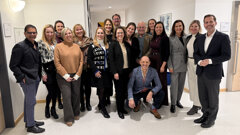
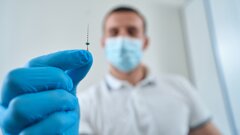






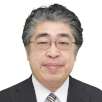











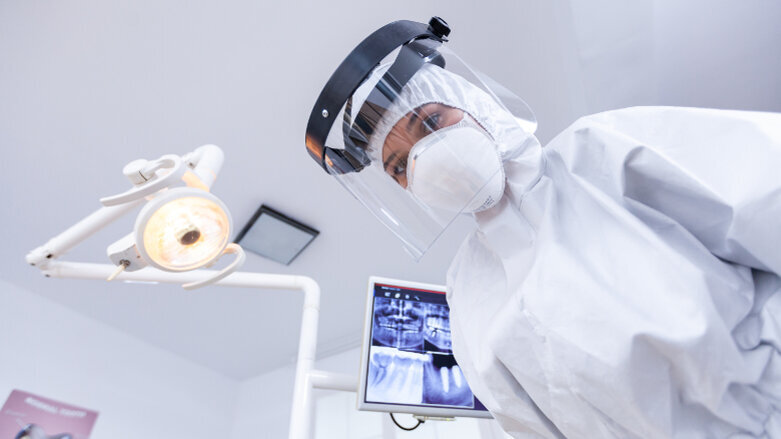




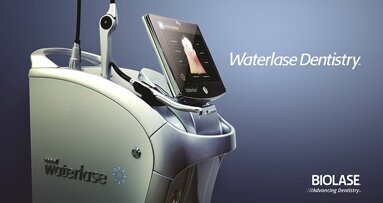
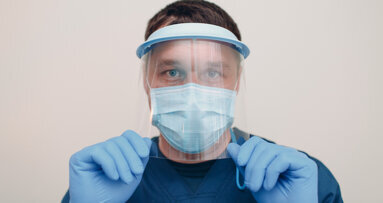


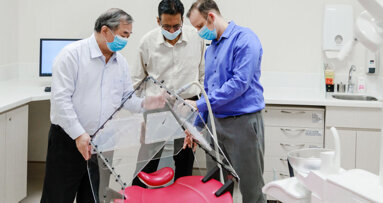
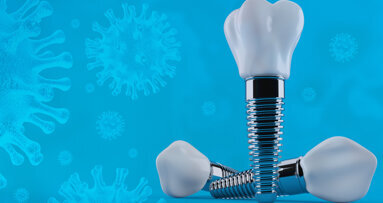













To post a reply please login or register